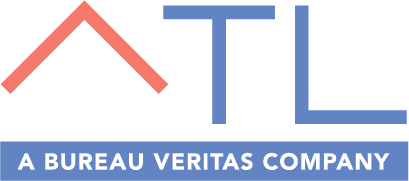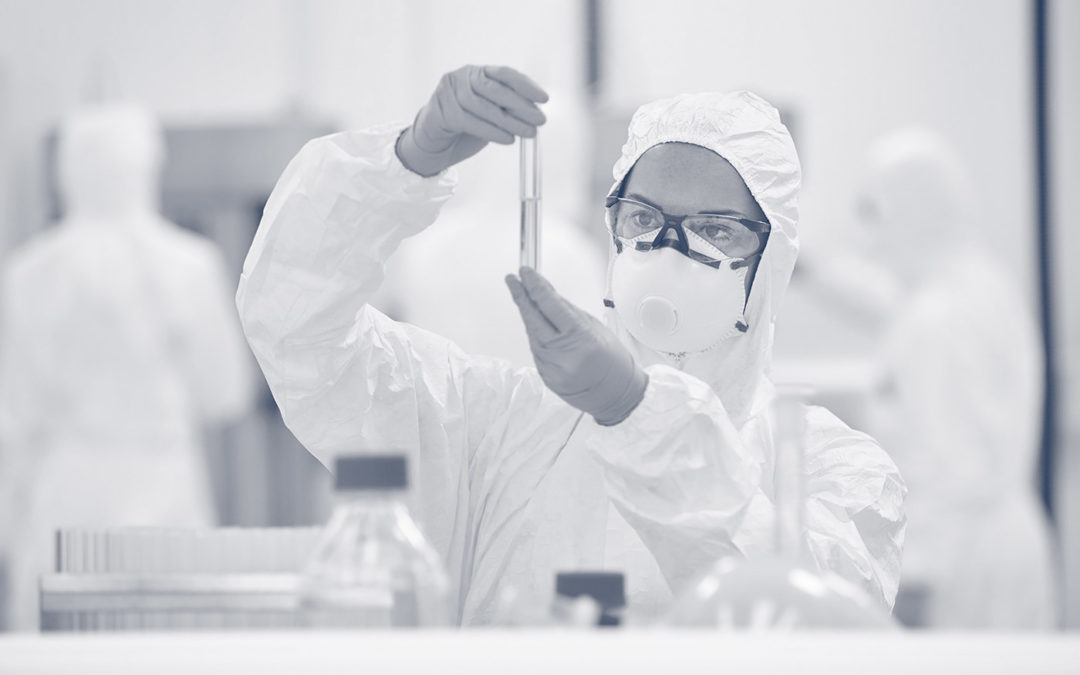The benefits of a new, more strategic outsourcing model
“I’ve just had five projects added to my plate, but my budget got cut 10%. How am I supposed to get this done?”
If this sounds familiar, you’re not alone. In every industry, companies realize that they’ve got to do more with less. More programs are moving forward at the same time (new drugs only have a 1 in 10 chance of making it to market).¹ They’re moving faster (regulatory bottlenecks are putting pressure on medical device R&D to speed up).² And budgets and headcounts are shrinking (when Kraft Foods was purchased in 2015, the new owners immediately began cutting $1.5 billion in costs).³
Outsourcing is an option, but most companies don’t have a real strategy for how to get the most value from outsourcing and reduce its growing number of risks. However, support is growing for a more comprehensive strategy: Scientific Sourcing.
SCIENTIFIC SOURCING vs. TYPICAL OUTSOURCING
In traditional outsourcing, companies contract with several vendors to staff their scientific needs: support, testing, compliance, tech, and more. They think in terms of tactics like “I need people” or “I need this method.” Performance often turns out to be uneven, functions are siloed, turnover is a constant issue and knowledge walks out the door at the end of every project.
Scientific Sourcing is more strategic than staffing, more consistent than contract testing. Companies who adopt this model think more holistically, more strategically, about how to deliver the science to make business decisions. Vendors can not only generate data, but also find opportunities to add expertise and capabilities, such as developing pilot programs, designing studies, or making recommendations based on the learning.
It’s data generation, but it’s also expertise – it’s consulting on formulations, problems, processes and technical methodologies. With a cohesive scientific sourcing strategy across multiple budgets, the vendor learns about processes and challenges to deliver more scientific value than an initial testing request.
BUSINESS BENEFITS OF SCIENTIFIC SOURCING
Vendors are used to asking “What do you want us to do?” Scientific Sourcing asks “What are you trying to accomplish?”
The full value of the strategy can show up in many ways: higher productivity, faster processes, more throughput, more agility to flow resources, more efficiency. Many companies are able to reallocate some of their internal scientists to other projects and keep multiple innovation programs going at the same time. They elevate their existing capabilities and resources, while protecting the critical continuity of knowledge and talent.
With a comprehensive perspective, Scientific Sourcing may create new lines of sight to work processes. If functions were more siloed – like with traditional staffing and contract testing – these solutions and opportunities may never be visible.
SCIENTIFIC SOURCING IN ACTION
A multinational pharmaceutical firm, recently struggling with R&D inefficiency and redundancy, demonstrates these benefits. The company fully partnered with a Scientific Sourcing vendor, who helped them optimize lab space, equipment, consumables and personnel. The result: $1.3 million in immediate cost savings and a 30% increase in equipment validation speed – without sacrificing service and production standards.
Traditional consultants are thinkers. Traditional contractors are doers. Scientific Sourcing is both. It can help companies envision and vet ideas, and still supply the resources and manpower to bring them to life.
If your science is under pressure to perform, this new strategy may hold the answer.
At ATL, we’re experts in the field of scientific sourcing. From contingent labor or contract testing to full operation of an entire scientific function, we transform a cost-saving measure into a strategic asset.
¹Clinical Development Success Rates 2006-2015, report from Biomedtracker, Biotechnology Innovation Organization and Amplion.
²Thinking Globally During Medical Device Development: Accelerating Products to International Markets, NAMSA presentation.
³2017 Consumer Packaged Goods Trends, PwC report, 2017.


Recent Comments